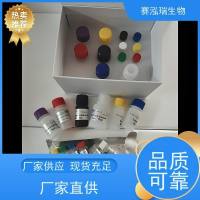In Vitro Protein Import by Isolated Chloroplasts
互联网
互联网
相关产品推荐

JC-1,47729-63-5,A cationic, fluorescent, carbocyanine dye that can be used as a ratiometric indicator of mitochondrial potential δΨm in cells, tissues, and isolated mitochondria.,阿拉丁
¥3987.90

Recombinant-Mitochondrial-import-receptor-subunit-TOM20-homologtomm-20Mitochondrial import receptor subunit TOM20 homolog Alternative name(s): Translocase of outer mitochondrial membrane protein 20
¥10458

Coronavirus Nucleocapsid重组蛋白|Recombinant SARS-CoV-2 Nucleocapsid-AVI&His recombinant Protein,Biotinylated
¥4520

重组人 p38 delta / MAPK13 蛋白 (Activated in vitro, GST标签)
¥3220

异粘蛋白(MTDH)检测试剂盒3D3; AEG1; LYRIC; Astrocyte elevated gene-1 protein; Lysine-rich CEACAM1 co-isolated protein; Metastasis adhesion protein
¥800
相关问答

